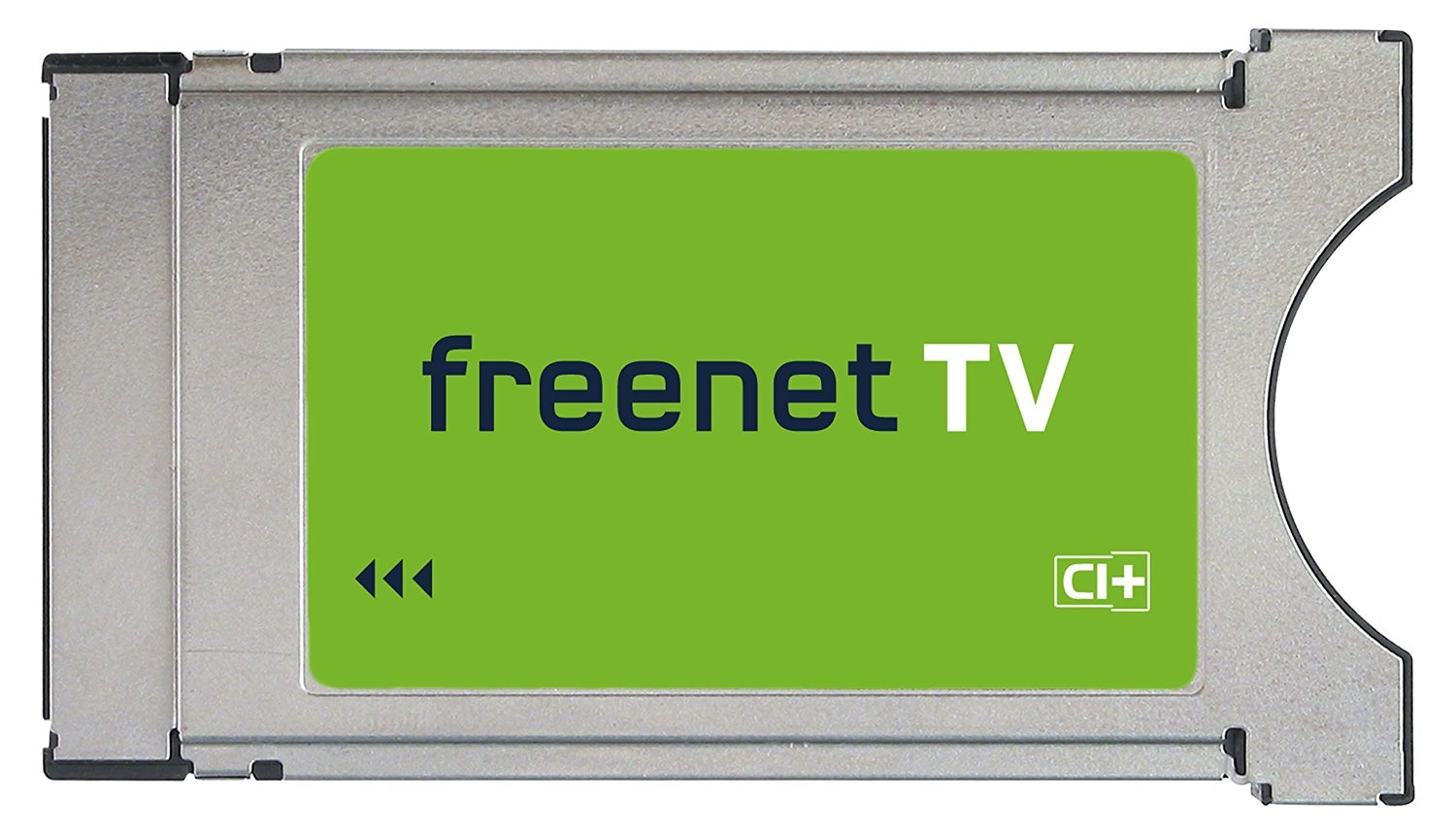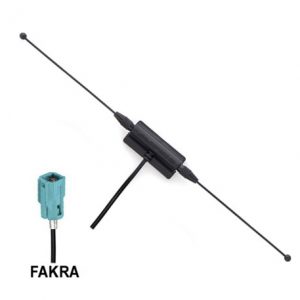Dvb T Receiver Mit Ci Slot
Knowing how important pay TV would be for the roll-out of digital broadcasting, DVB focused on Conditional Access (CA) over broadcast-only networks right from the outset. The DVB Simulcrypt specification allows two or more CA systems to be used by the same receiver population, particularly important when a pay TV provider wants to switch to another CA system. The Simulcrypt approach is based on DVB’s toolbox of Common Scrambling Algorithms (CSA) combined with the necessary signalling.
Dvb-t receiver with ci slot. Posted on 2013-09-23 by vcancn. Dvb-t receiver with ci slot. Terrestrial (over-the-air with an antenna) (DVB-T) CI. Some channels (especially pay channels) are encrypted. There's a standardized decryption hardware slot called 'Common Interface' (CI) for the decryption hardware called 'Conditional Access Module' (CAM), which usually also needs a smartcard for authorization and accounting.
Dvb T Receiver Mit Ci Slot Machine
There is an impressive ecosystem of CA solutions providers whose products are based on DVB specifications. About 50% of all DVB receivers worldwide have DVB CA solutions integrated. It is fair to say that DVB technology has enabled the pay TV broadcast market.
Common Interface
The DVB-CI specification describes the interface between a Conditional Access Module (CAM) and the host, which is typically a TV set. All the conditional access functionality is provided by the CAM whereas the host provides the necessary tuning functionality and presents audio and video.
In the first DVB-CI version the content was transferred in the clear between the module and the host. This security loophole was resolved with the introduction of CI Plus, originally developed by CI Plus LLP. It provides common methods for mutual authentication of the CICAM and host, and link encryption over the return interface from the CICAM to the host. Being mandated by a European Directive, CI Plus slots are present in basically all TV sets sold in Europe.
DVB has, since 2014, published extensions to CI Plus V1.3, which was produced and continues to be published by CI Plus LLP. The overt watermarking feature that was added in 2019 is an optional feature that provides a secure protocol to display a line of text over video from a scrambled service. Its main purpose would be to display subscriber identity over the video. The solution is supported for both broadcast and IP-delivered content.
The original DVB-CI specification is implemented using the PCMCIA slot. The second generation specification, introducing a USB form factor, was published in 2018. While the use of DVB-CI is widespread in Europe, the costs associated with adding a PC Card slot mean that its implementation in the rest of the world has been limited. Since virtually all new TV sets support USB, the cost implications of implementing DVB-CI in future will relate mostly to software integration.
Specifications
Resources
Common Scrambling Algorithm
The Common Scrambling Algorithm (CSA) is the encryption algorithm used for encrypting video streams in DVB television services.
CSA is comprised of the Common Descrambling System and Scrambling Technology. The specification for each is distributed separately by a custodian on behalf of the companies which have developed the Common Scrambling Algorithm.
The latest version, CSA3, is based on a combination of 128-bit AES and a confidential block cipher, XRC.

Specifications
Resources
Knowing how important pay TV would be for the roll-out of digital broadcasting, DVB focused on Conditional Access (CA) over broadcast-only networks right from the outset. The DVB Simulcrypt specification allows two or more CA systems to be used by the same receiver population, particularly important when a pay TV provider wants to switch to another CA system. The Simulcrypt approach is based on DVB’s toolbox of Common Scrambling Algorithms (CSA) combined with the necessary signalling.
There is an impressive ecosystem of CA solutions providers whose products are based on DVB specifications. About 50% of all DVB receivers worldwide have DVB CA solutions integrated. It is fair to say that DVB technology has enabled the pay TV broadcast market.
Common Interface
The DVB-CI specification describes the interface between a Conditional Access Module (CAM) and the host, which is typically a TV set. All the conditional access functionality is provided by the CAM whereas the host provides the necessary tuning functionality and presents audio and video.
In the first DVB-CI version the content was transferred in the clear between the module and the host. This security loophole was resolved with the introduction of CI Plus, originally developed by CI Plus LLP. It provides common methods for mutual authentication of the CICAM and host, and link encryption over the return interface from the CICAM to the host. Being mandated by a European Directive, CI Plus slots are present in basically all TV sets sold in Europe.
DVB has, since 2014, published extensions to CI Plus V1.3, which was produced and continues to be published by CI Plus LLP. The overt watermarking feature that was added in 2019 is an optional feature that provides a secure protocol to display a line of text over video from a scrambled service. Its main purpose would be to display subscriber identity over the video. The solution is supported for both broadcast and IP-delivered content.

The original DVB-CI specification is implemented using the PCMCIA slot. The second generation specification, introducing a USB form factor, was published in 2018. While the use of DVB-CI is widespread in Europe, the costs associated with adding a PC Card slot mean that its implementation in the rest of the world has been limited. Since virtually all new TV sets support USB, the cost implications of implementing DVB-CI in future will relate mostly to software integration.
Dvb T Receiver Mit Ci Slotted
Specifications
Resources
Common Scrambling Algorithm
The Common Scrambling Algorithm (CSA) is the encryption algorithm used for encrypting video streams in DVB television services.
CSA is comprised of the Common Descrambling System and Scrambling Technology. The specification for each is distributed separately by a custodian on behalf of the companies which have developed the Common Scrambling Algorithm.
Dvb T2 Hd Receiver Mit Ci Slot
The latest version, CSA3, is based on a combination of 128-bit AES and a confidential block cipher, XRC.